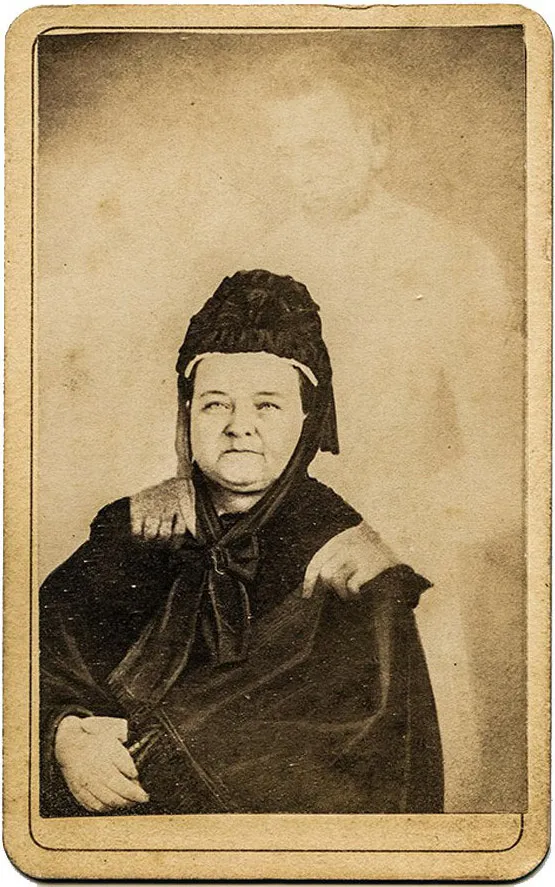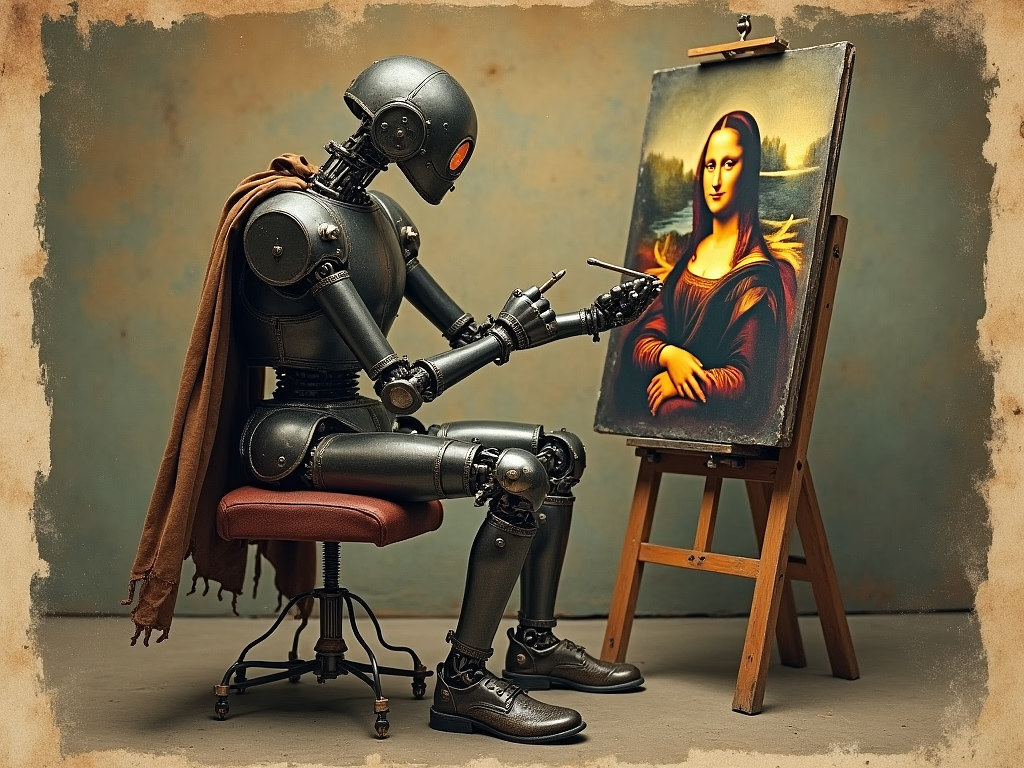Deepfakes are not really new, at least not in spirit. Insofar that they are a way to manipulate audiovisual and textual media, they actually have deep historical roots. Long before digital technology existed, content creators found innovative ways to alter and fabricate media, shaping perceptions and narratives to serve various ends. Let’s talk about the tremendous shift that occurred in early photographic trickery during the 19th century. This historical backdrop of media manipulation will help in understanding the emergence and significance of deepfakes.
Early Media Manipulation
Abraham Lincoln played a surprising role in the early days of image manipulation. By the 1850s, photographers had discovered techniques to combine multiple images on a single negative, as well as methods of retouching with paint or ink. While some photographers used these to create exciting, impossible images such as giants and super strong men, others had a more political motive.

Photographer Mathew Brady was a pioneer in this regard. In February 1860, he assisted then-candidate Abraham Lincoln in posing for a photograph prior to the famous Cooper Union address in New York City, employing various techniques to enhance Lincoln’s appearance. Some of these tricks came before the photograph was taken, such as using special lighting and an enlarged collar to mask the length of Lincoln’s neck, but additional work was done by artists in reproductions to make him look better. The results were so good that Lincoln later remarked, “Brady and the Cooper Institute made me President.”
Brady later built on this track record by manipulating images of the Civil War, such as by having soldiers pretend to be dead, or moving debris and even dead1 bodies around on the battlefield, in an apparent attempt to make the scenes appear more devastating.


Photograph of Lincoln’s head superimposed on a print of Calhoun’s body (left) Library of Congress/LC-DIG-pga-02353 and the original John C. Calhoun engraving (right), 1852. Library of Congress/LC-DIG-pga-02499.
Expanding on Brady’s manipulative techniques, other artists engaged in image alteration for political purposes. Following Lincoln’s assassination in 1865, portrait painter Thomas Hicks got in on the racket by creating a print consisting of a picture of the president’s head superimposed on the body of another American politician – John C. Calhoun – that had been painted by another artist2. The result was thought to be a real, “heroic” portrait of the fallen leader, helping to reinforce Lincoln’s legacy, until the modification was discovered almost a century later.

Lincoln later appeared in more advanced photographic manipulation in the work of William Mumler, a pioneer of “spirit photography” who created images with what appear to be ghosts. The most famous of these—and one of the most famous hoaxes of the nineteenth century—is a portrait of the widow Mary Todd Lincoln from around 1870, with a ghostly image of her deceased husband Abe holding her shoulders from behind. For its time, the quality of the manipulation is impressive, showcasing the ingenuity of 19th century photographers directly working with photographic negatives and prints to achieve their desired results.
These early instances of media manipulation illustrate the longstanding human desire to alter reality and influence perception—a key ingredient in modern deepfakes.

